-
Posts
863 -
Joined
-
Last visited
Content Type
Profiles
Forums
Events
Gallery
Posts posted by Rodavan
-
-
-
Logan_4600 - have a read maybe this will make sense
Anyway an update
-
Logan_4600 - Not sure my methods would help , I use Rhino which is a pure nurbs modeller , each surface is constructed using curves and filleted and trimmed for detail each panel was detailed on it's own . I believe you use blender -totally different approach with polygons , you shape and sculpt .
What helped a lot was , I got lot of info from guys building kits , they take good pictures and that model is nearly 10 years old .... today I would have done it differently . I have been tempted to update .. but first finish my VF-19, if I ever finish all my "side" projects

-
-
-
Thx guys

-
I decided after many years to do a Star Wars model , it is tedious work when you do NURBS model every item needs to be constructed ,and surfaces created .... painful .
I took a break and scanned thru all my VF-1 models and saw a very badly done VF-1S head , so this side project was born.
I will also post the TIE Interceptor that I am busy with ...
-
Looking very good

-
Nice work

-
-
Thank you guys
Zinjo - Yes I can , but maybe if you guys can give me some screen caps or Ideas for the poses you want , as I am terrible at that kind of thing

-
-
Looking good

-
Very cool

-
Not sure if this the correct response but here goes
Let me try and explain :
Blender is a polygon modeller software – meaning that all entities are either 3 or 4 sided polygons ( x,y,z). Polygon models are commonly used for animation and model that are more organic shapes .
A typical work flow for a poly model is :
- Plan , plan and plan some more
- Place a sketch of object you to model in background as reference
- Use primitives to build basic shapes your model
- Using point , edges or polygons to shape your model with transform tools
- UV edit the model for texture map
- Create texture MAP
- MAP to UV ( detail colour , panel lines . etc)
- Prepare animation or composite
- Render
This is very very basic description . Most guys model basics shapes and then use texture maps to add detail like colour , panel lines and dirt etc.
You get low polygon and hi polygon models – the higher the polygon count the more detail and bigger the file.
So it is up to you if you want to model each panel on the VF individually or use a texture map to add it – both has merit but to model each panel individually takes a lot more time and patients.
To model each individual panels , I create my basic shape , then cut it into sections using Boolean's. I then use fillets on the borders to round the seams and then the remove all the other parts of that section that doesn’t form part of the outside face of the panel.
The way I model :
The other option is using a CAD software – meaning all objects are intelligent and have an x,y.z and directional data. Typical model is used to create 2D drawings , manufacture( CAM) or engineering ( CAE/FEA) analysis.
Typical workflow
- Plan , plan and plan some more
- Place sketch in background as reference.
- Construct the parts of your model using solids or surface tools
- Converts to polygon mesh
- Import in polygon modeller software ( Cinema 4D in my case)
- Reduce polygon count as much as possible as CAD generate very high poly’s
- UV and texture map ( not very easy for a CAD model)
- Render.
To answer you question about mirror options – it’s easier to have the two sides mirrored and to add small detail that is different so there is small changes but the bases is still same .
As for blender sorry I am trying to learn it and uses Rhino (CAD) to model , but I used this before
http://wiki.blender.org/index.php/Doc:2.6/Manual/Modifiers/Generate/Mirror
Not sure this is going to helpful but have a look at this link http://www.military-meshes.com/forum/showthread.php?7174-North-american-T6
-
It looking good , proportions also good - nice renders
Some advise from somebody that's been here a while :-
1. Do your own thing - you are never going to get a perfect model from 2D to 3D as all these designs were created with 2D pencil and you need to make some changes to get them "right" in 3D.
2. This is suppose to be fun - enjoy
3. Everybody that I have seen here has their own "style" - do what feels right for you .

-
-
-
Good solid start

-
Galaxy_Stranger - To start , post a few renders from different angles and see what the response is .
-
Thx guys - will go dig the model and do some high res renders for you - what size would you like ?
-
Thank you guys

-
Nicely done

-
Good start - Blender is good product . Try a cycles render ....

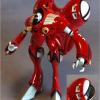
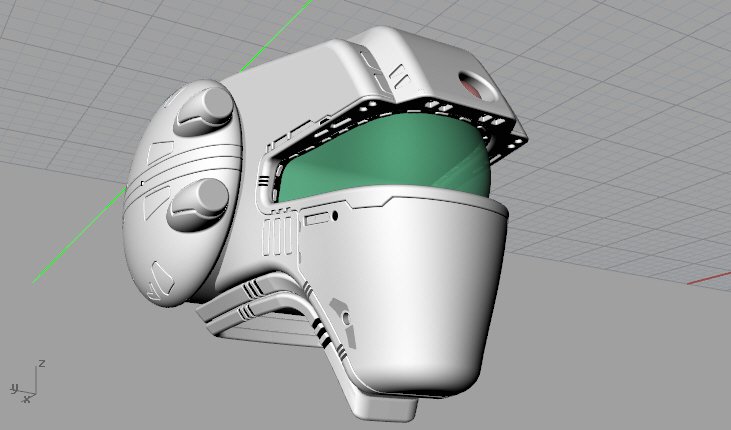
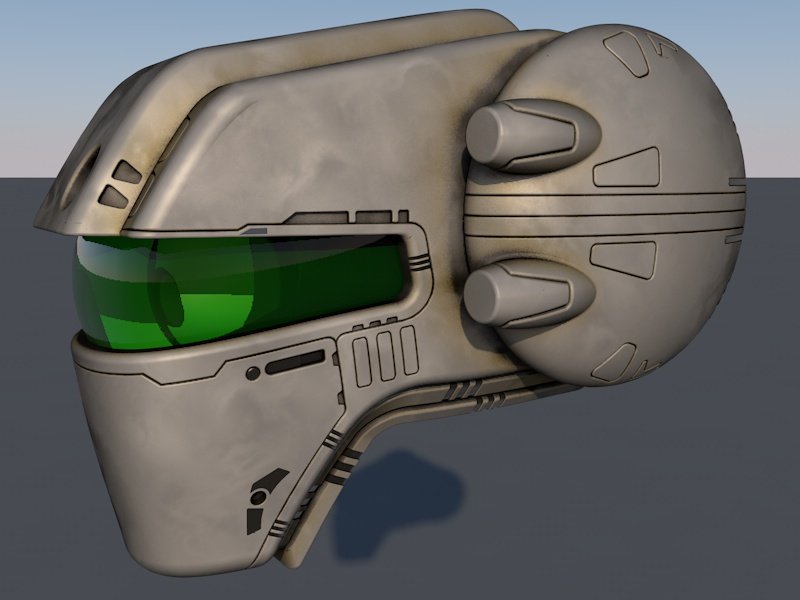
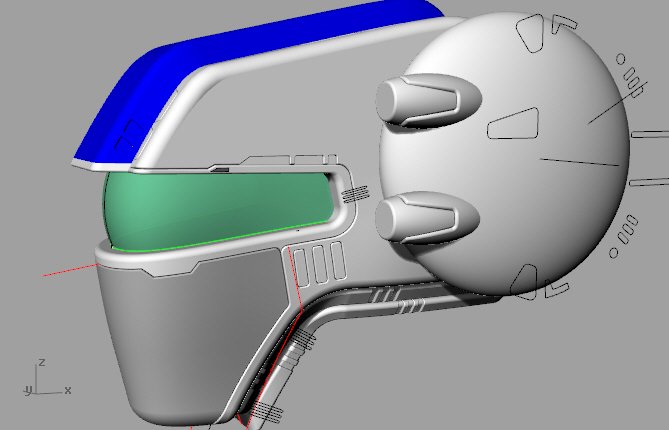
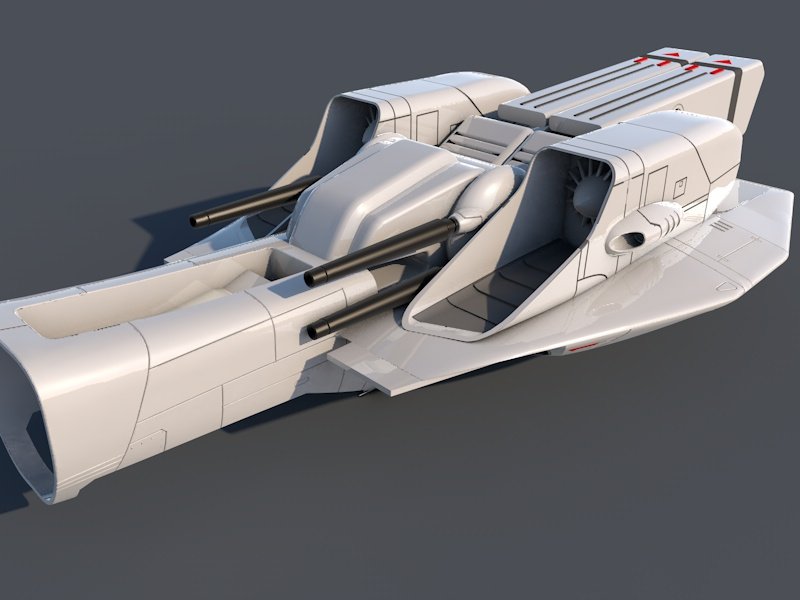
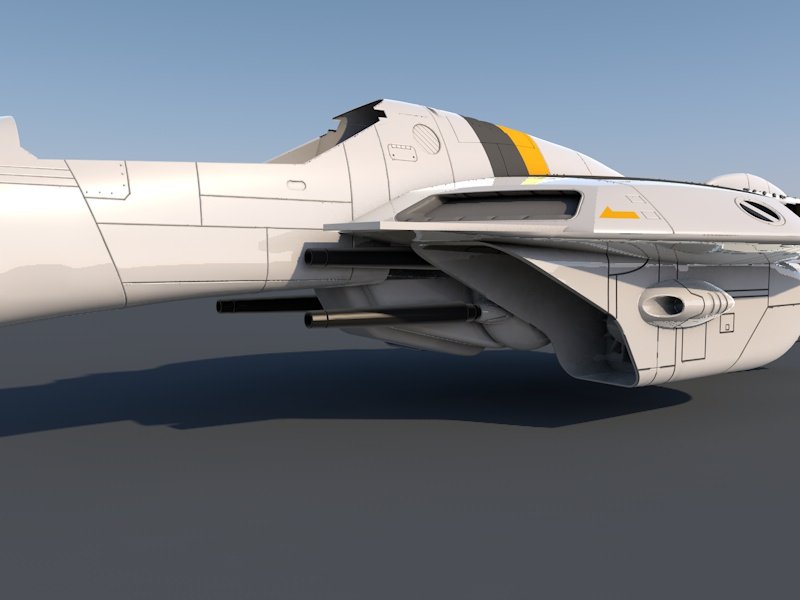
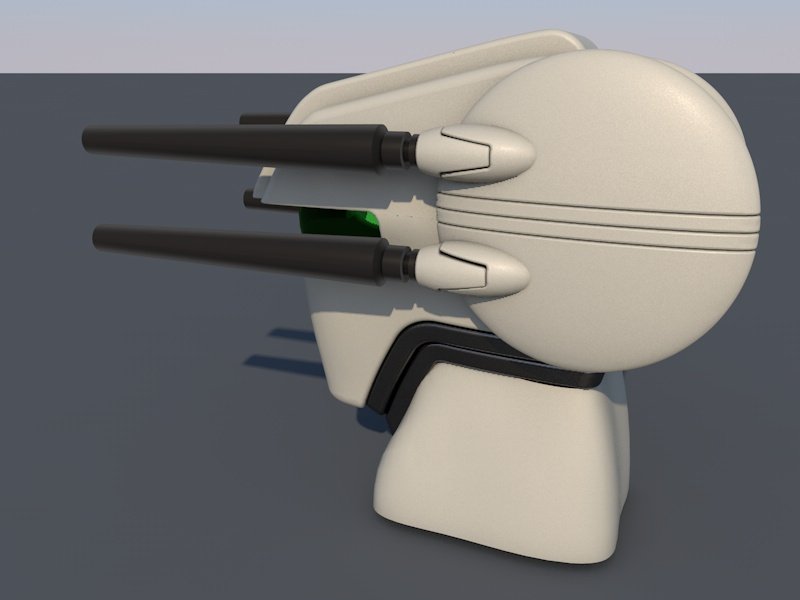
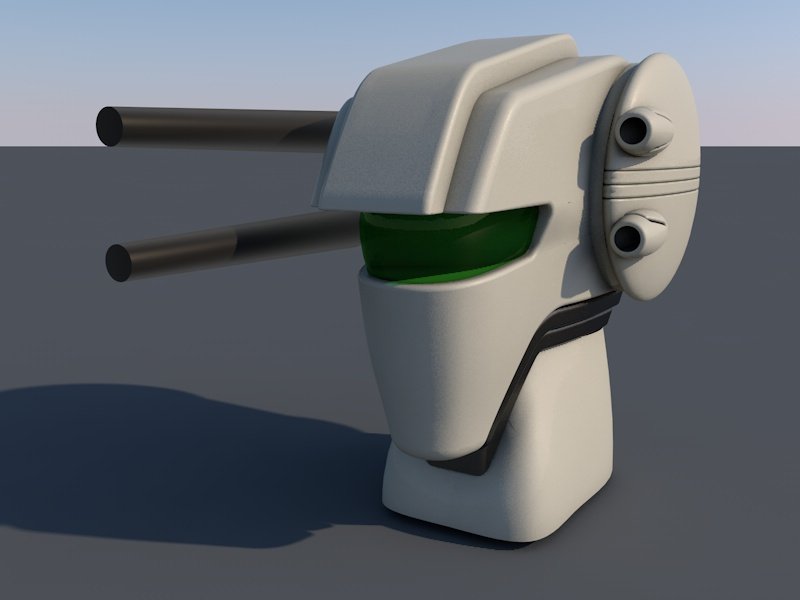
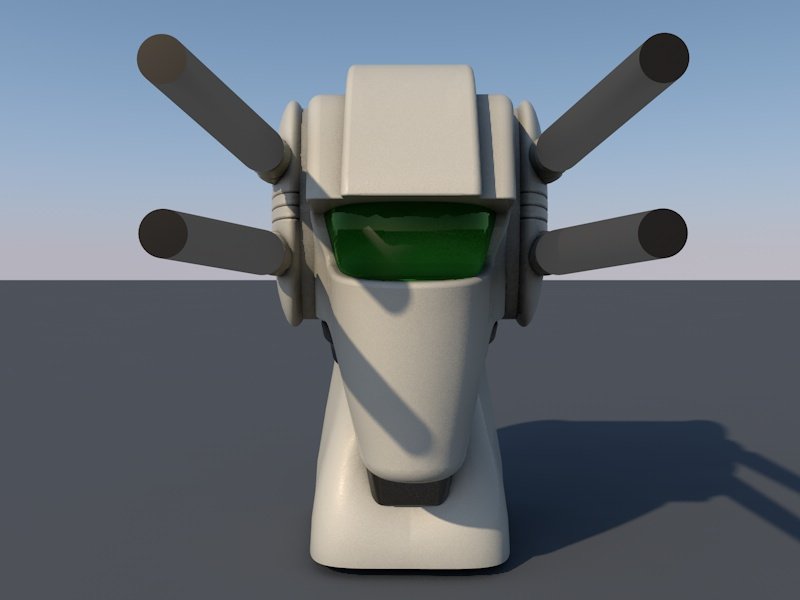
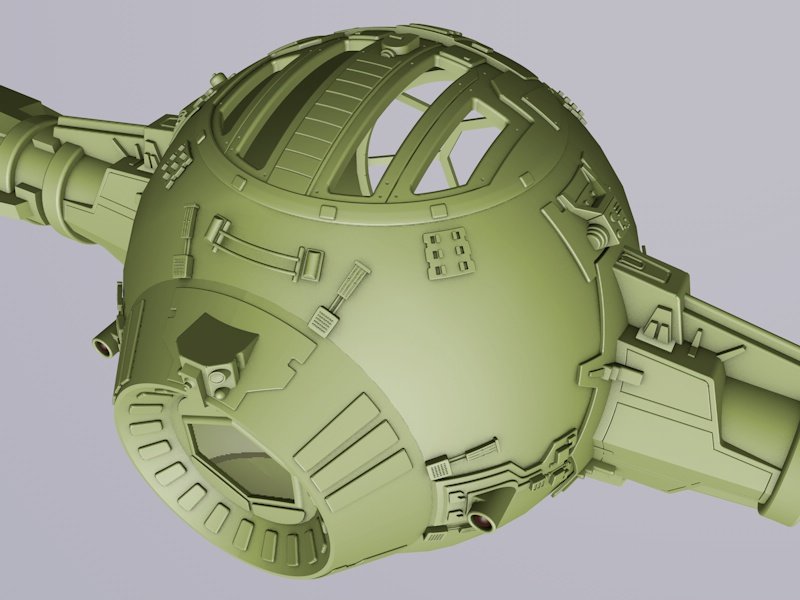
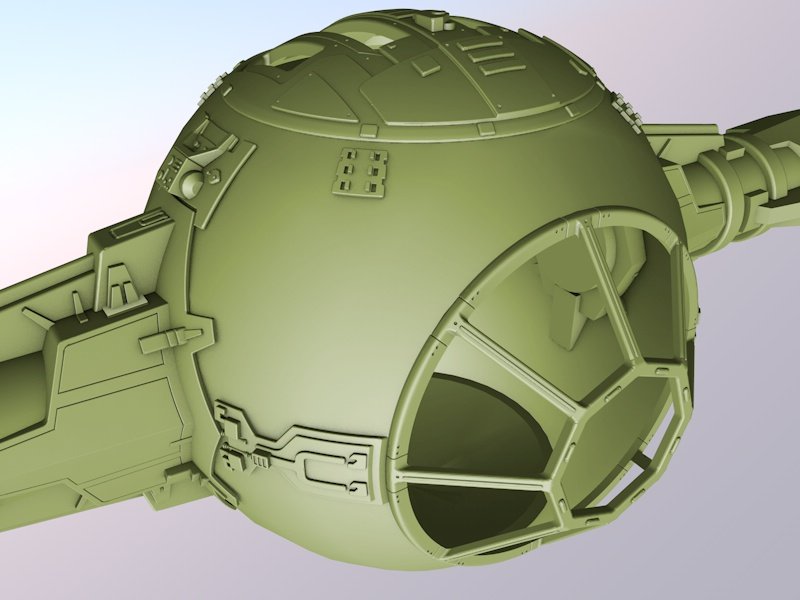
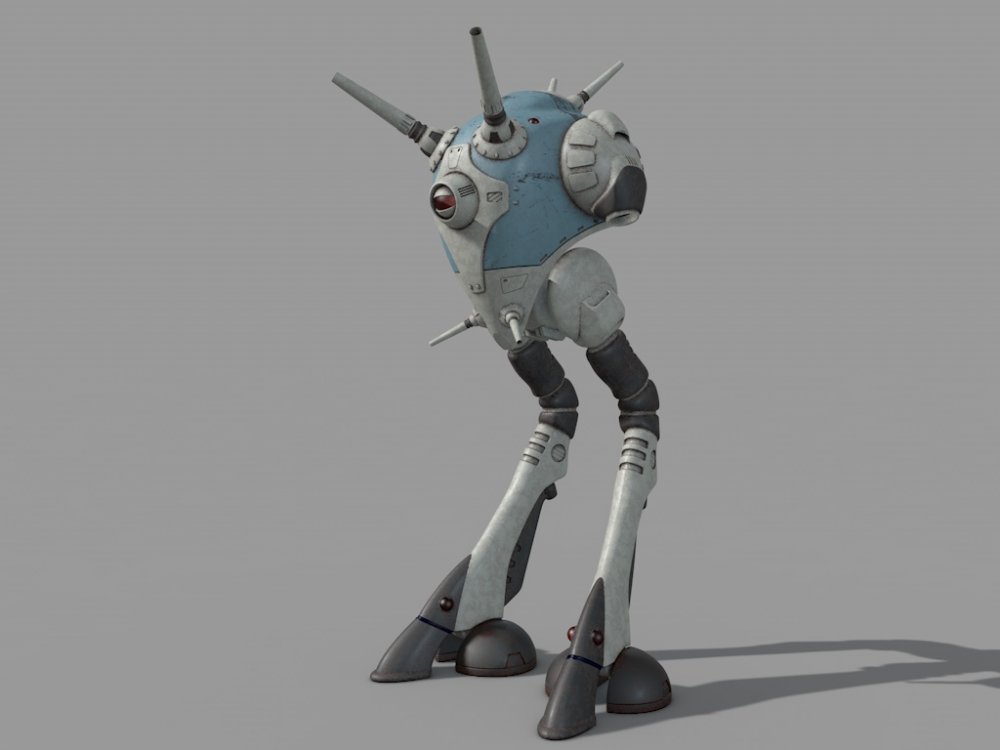
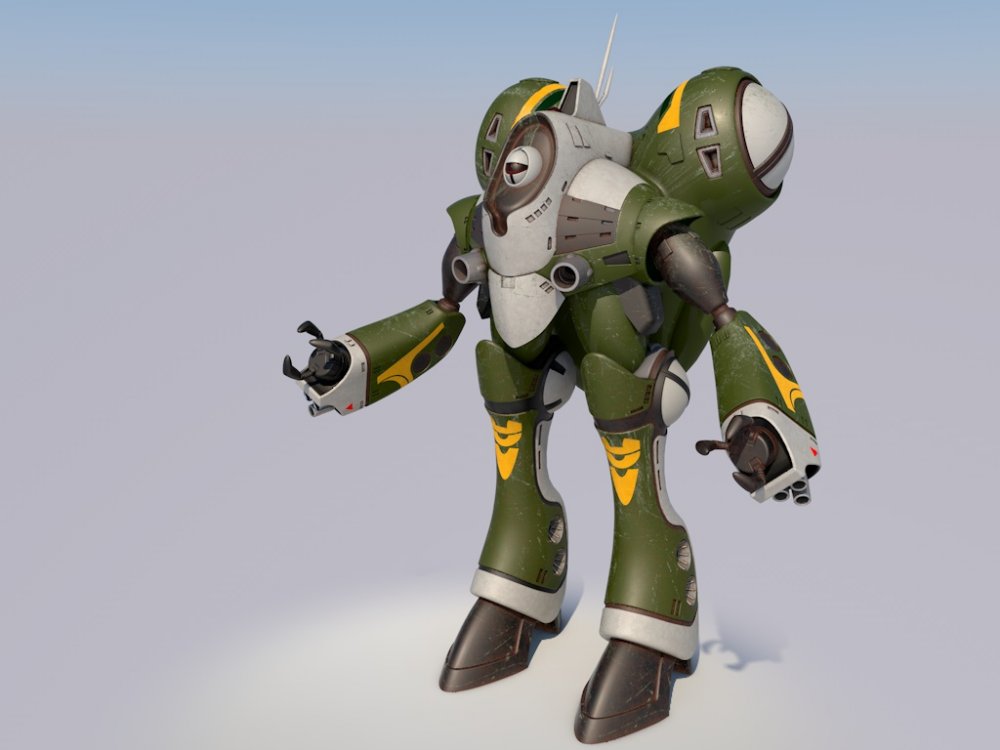
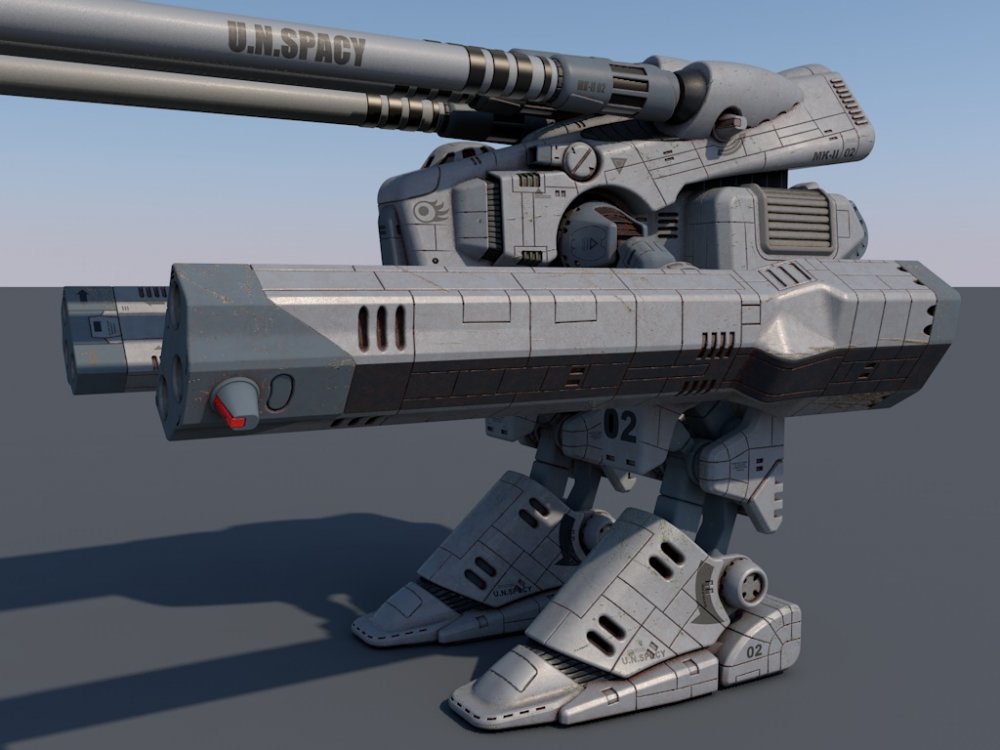
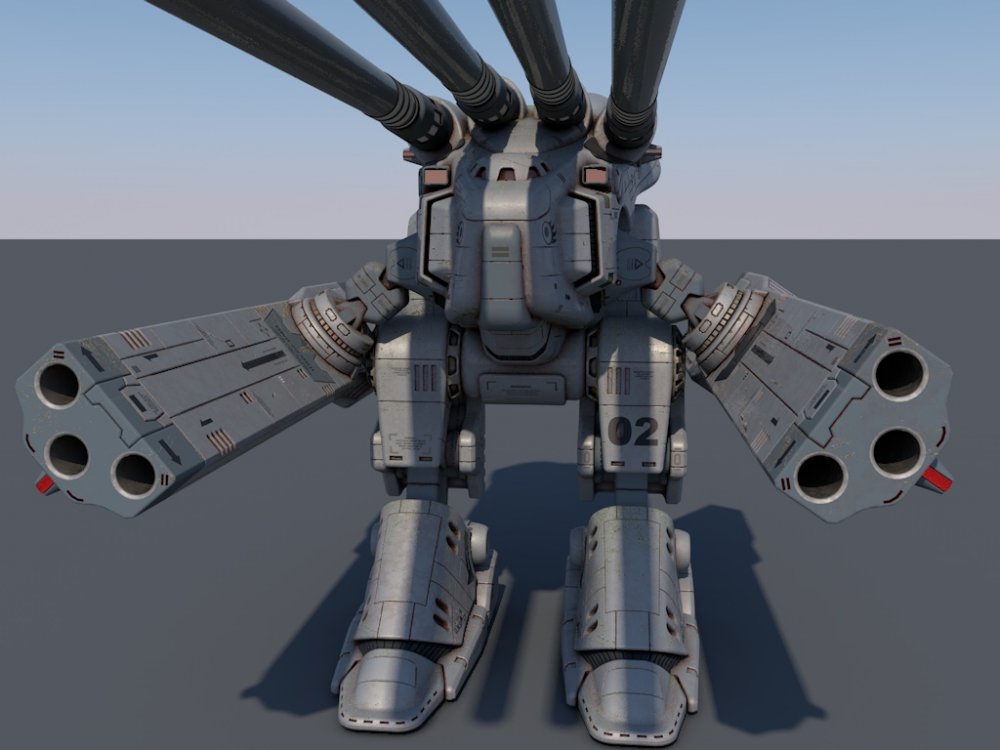
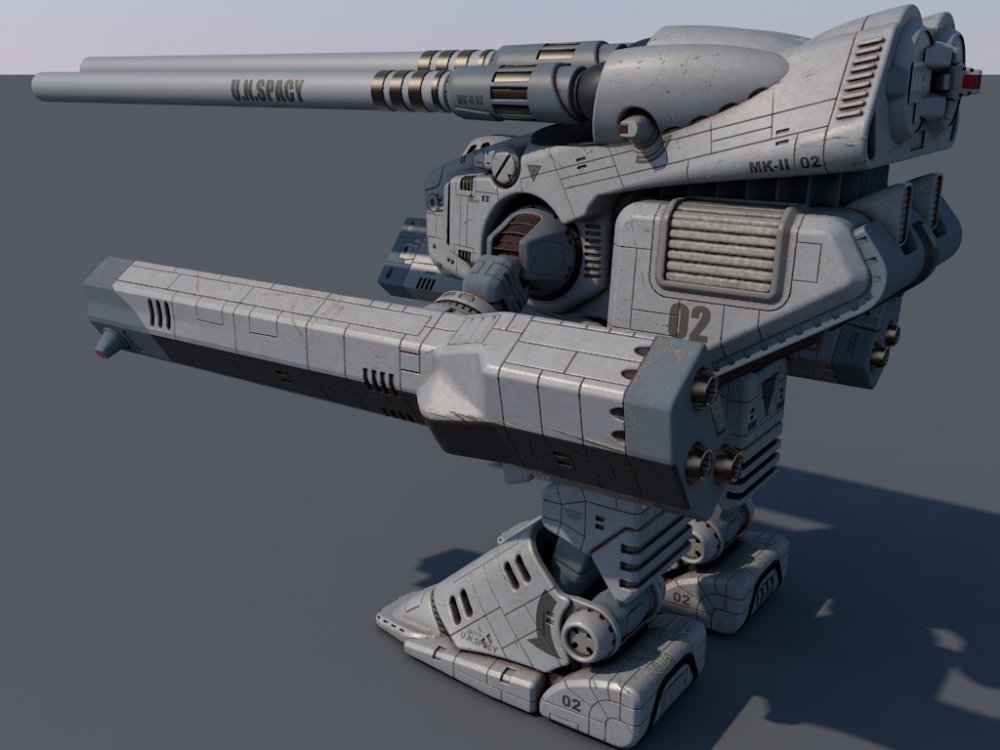
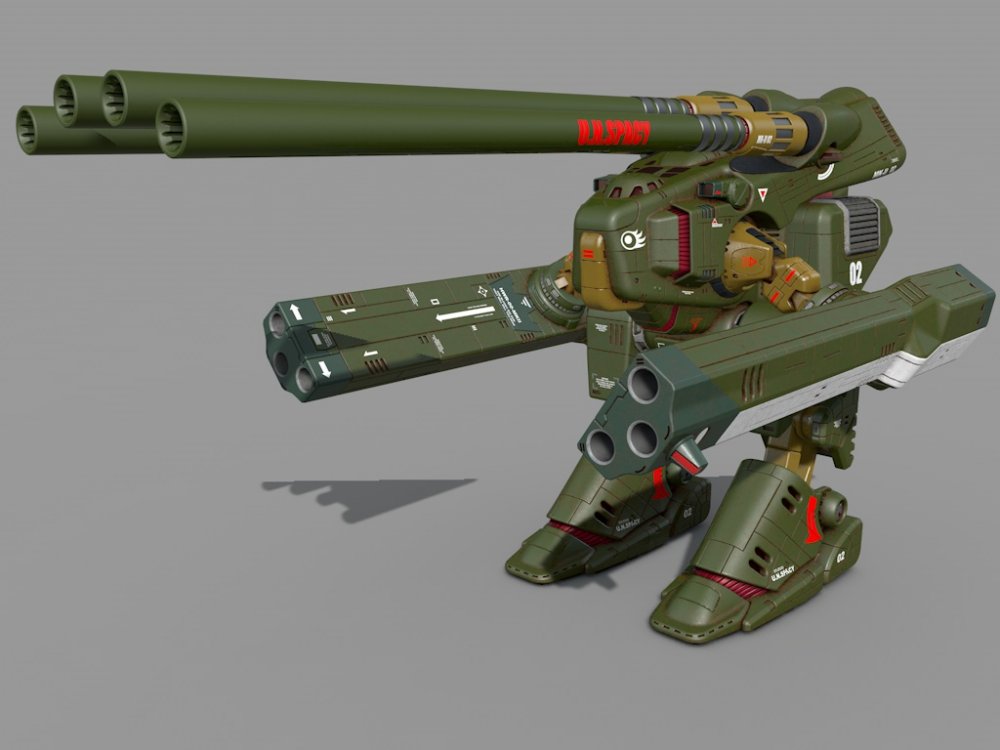
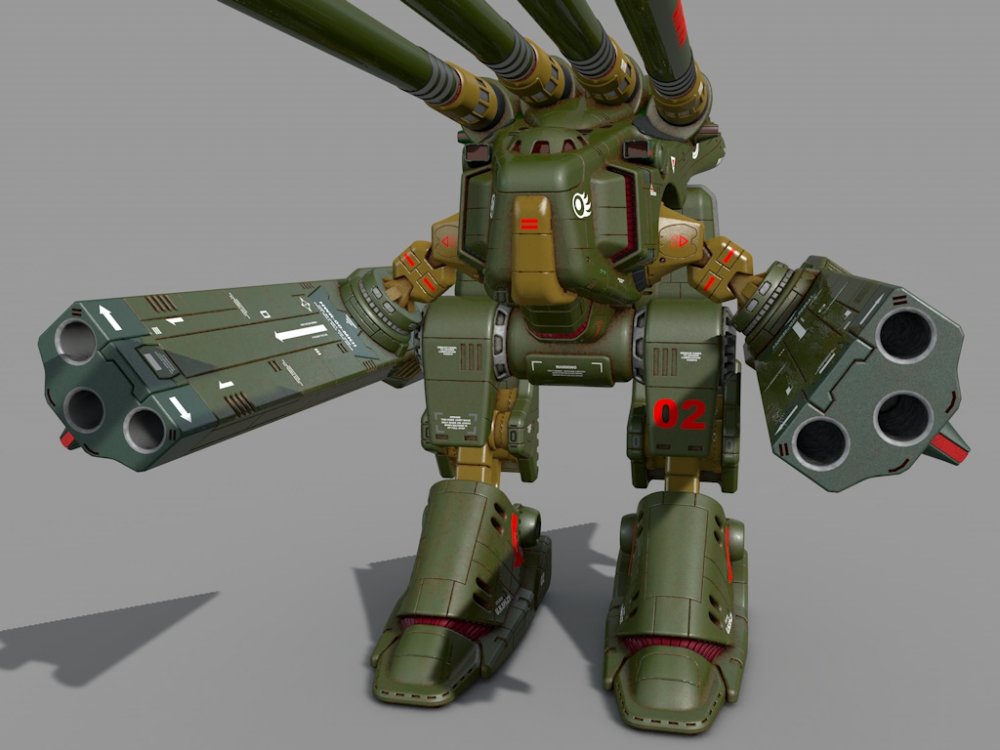
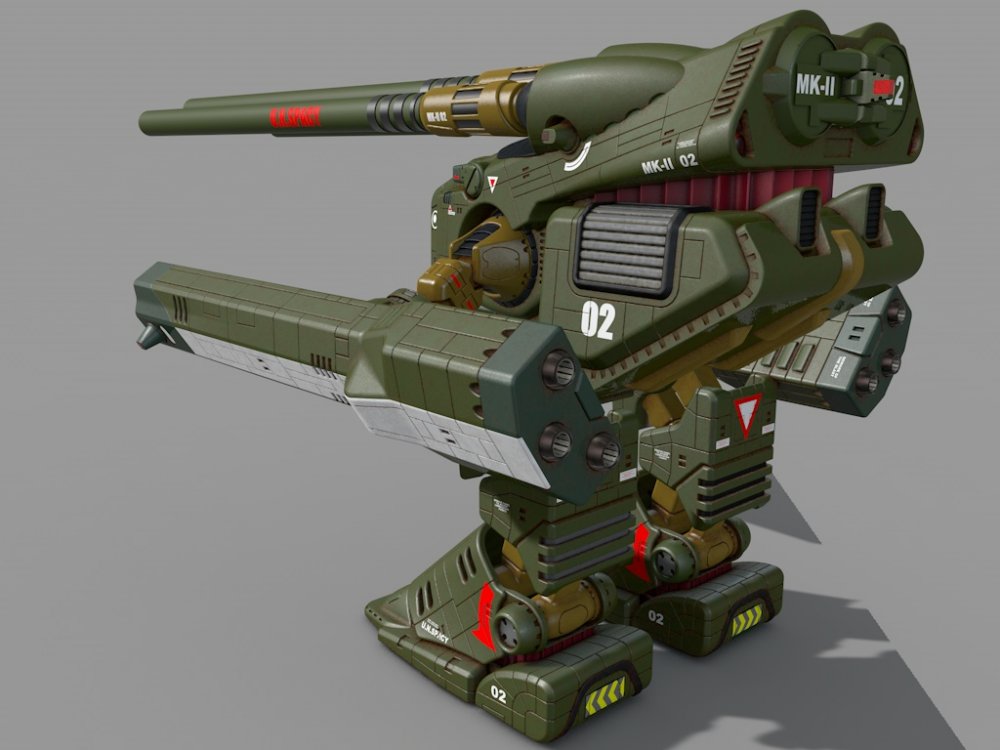
VF-1S Head
in Fan Works
Posted
More progress but as usual Macross "magic scale " will be used to fit everything in